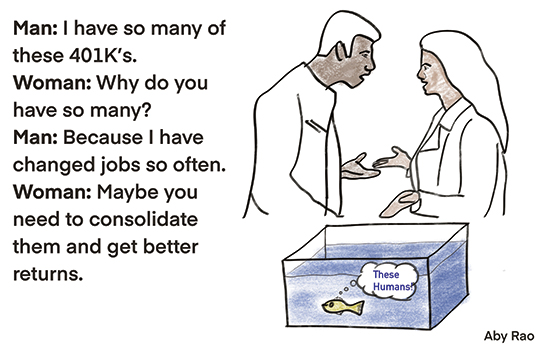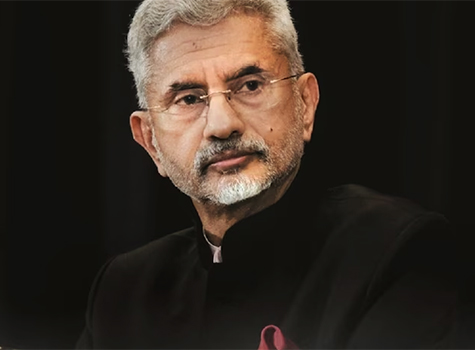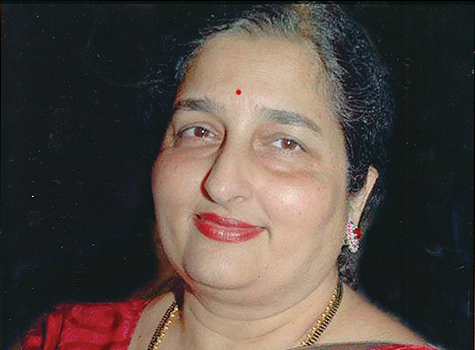
We all squirrel away our savings in one form or the other and often we really don’t pay attention to those investments that much.
I know at least I was not doing much of a careful review to understand that my investments are in the right place/category/class and that they are doing as well as I expected them to do when those early investments were started.
The reason, very simply, is this: there were so many things going on in life when these earlier investments were made, I didn’t have enough time to sit down and review them carefully.
There was always tomorrow.To many people, investing often seems complicated and if that is what we think then we keep away from it sub-consciously; that is human nature. If we made the right decisions when we started this process, then where is the need to go back and review it again. On the surface, all this looks very logical, but things happen. World changes, our goals change, investment process and our decisions as to where we should be investing now change. It is always an evolving process and that never stops. I remember vividly that every time I heard a new song and liked it very much, I used to think this is it, there is not going to be anything better than this. But sure enough, another good song comes along, then the first one doesn’t get as much attention. Then another one and so on. You get the picture.

Investments can be viewed the same way. If we started investing long time ago then there is a need to get an overview first, then dig deeper into each portfolio. When it comes to managing your portfolio, a streamlined approach with few funds and fewer accounts can help you make most of your money and could even boost your returns. Decluttering our investments can be one of the easiest ways to improve our finances. And that is especially true for older workers and those nearing retirement since they have had the most time to collect extra financial baggage.
When these investments are done over a long period of time, sprawl is a problem, at least a sure concern, because it makes it hard to keep tabs on what is in your portfolio, not to even mention the asset allocation across different accounts. Keep in mind that we are not doing this on purpose or anything like that; it just happens because we don’t have the time to look at all the previous investments when the new one is made. It just requires more oversight than we can muster time or interest for.
There are at least three areas we should be looking at.
Consolidate Accounts
For most investors it will become very clear when I mention 401K accounts. Each 401K is tied to your current or previous employer and knowing well that we make job changes every 3 to 5 years, we probably have at least a few of these accounts residing somewhere, generally still with the previous employer(s) because of our neglect or they tell us to do so (it is in their interest to do so but not yours). Hence now you have several of these accounts. This can make it harder to keep track of your savings and can push up costs considerably, unless you consolidate the accounts into an IRA or your current employer’s 401K.
All the 401Ks from your previous employers can be consolidated into one IRA, as long as the owner is the same, and then you can manage it whichever way you would wish to. One of the disadvantages 401K has is that you are given very limited choices to invest in by the administrator, generally between 15 and 25 choices but when converted to IRA it has literally thousands of choices. Consolidating can also lower your costs by enabling you to qualify for Fund share classes with lower expense ratios. One thing to remember is that you can’t do much with your current employer 401K and you can never combine your IRA with anyone else’s, even your life partner.
Use Total Market Funds or ETFS
It is best if you could construct your portfolios around total market index funds or ETFs if one is available. These are sold by many, certainly most large funds including Fidelity, Blackrock, Vanguard and Schwab. These funds offer both lower cost and convenience. Many funds have lower costs to start with but these ones are one of the lowest and it is almost impossible to beat their expense cost ratios. There are 5/6 core areas of the market you can invest in; total US market, total international market and total bond market are three main ones.
Taxes are always a serious consideration for any stock transaction, especially in taxable accounts. Selling appreciated stocks or funds in taxable account always creates a scene where there will be capital gains taxes even when you reinvest the money immediately.
Idle Cash: Don’t Overlook That
With the exception of Emergency funds, much of our cash sits idly in a brokerage account or let me say we ignore to do much with it. That means, for the last so many years, it is probably giving you a very small return of a very small fraction of 1 percent interest and you pay tax on that too. You must talk to the person managing your account to find out what is the best strategy to earn more interest and still keep it fluid if so desired. You just want to ascertain that your cash money is not sitting fallow. There are many options.
———-
Mo Vidwans is an independent, board-certified financial planner. For details visit www.vidwansfinancial.com, call +1 (984) 888-0355 or write to mpvidwans@yahoo.com.



